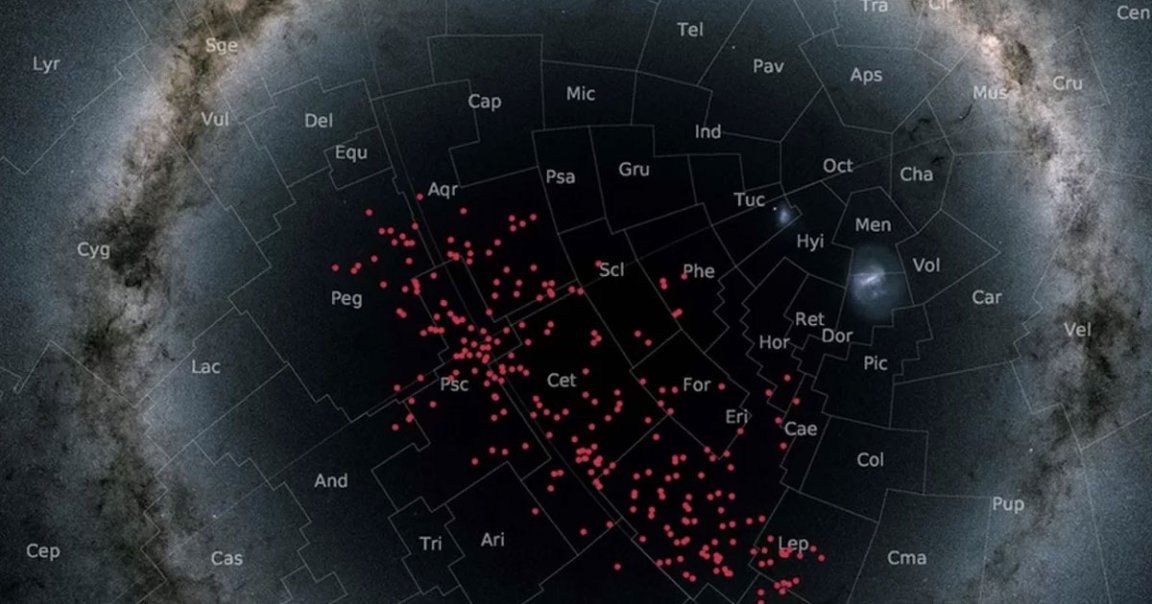
Flow On
The Milky Way is home to a variety of star clusters. Most of the time, its gravity quickly pulls these clusters apart, but some clusters have enough mass to remain stuck together, and sometimes the clusters form stellar streams, which are river-like stretches of stars that orbit the galaxy.
Now, researchers have identified a billion-year-old stellar stream comprising nearly 4,000 stars — and it’s remarkably close to our Sun.
Close Encounter
In a study published in the journal Astronomy and Astrophysics on Thursday, a team from the University of Vienna details its discovery of this new stellar stream, which is approximately 1,300 light-years long and 160 light-years wide.
The team discovered the stream using data from the European Space Agency’s Gaia satellite, and according to researcher João Alves, it’s been hiding in plain sight.
“Astronomers have been looking at, and through, this new stream for a long time, as it covers most of the night sky, but only now realize it is there,” he explained in a press release.
“As soon as we investigated this particular group of stars in more detail, we knew that we had found what we were looking for: A coeval, stream-like structure, stretching for hundreds of parsecs across a third of the entire sky,” researcher Verena Fürnkranz said. “It was so thrilling to be part of a new discovery.”
Down River
The researchers are already looking ahead to what new insights they may be able to glean from this river of stars, positing that it could lead to new information on how galaxies gain their stars, the discovery of new exoplanets, and an improved understanding of the Milky Way’s mass and gravitational field.
“Finding things close to home is very useful,” Alves said. “It means they are not too faint nor too blurred for further detailed exploration, as astronomers dream.”
READ MORE: Astronomers Have Detected a Previously Unnoticed ‘River of Stars’ Flowing Past Earth [Science Alert]
More on stellar streams: Dark Energy Survey Discovers Remnants of Other Galaxies Within Our Own